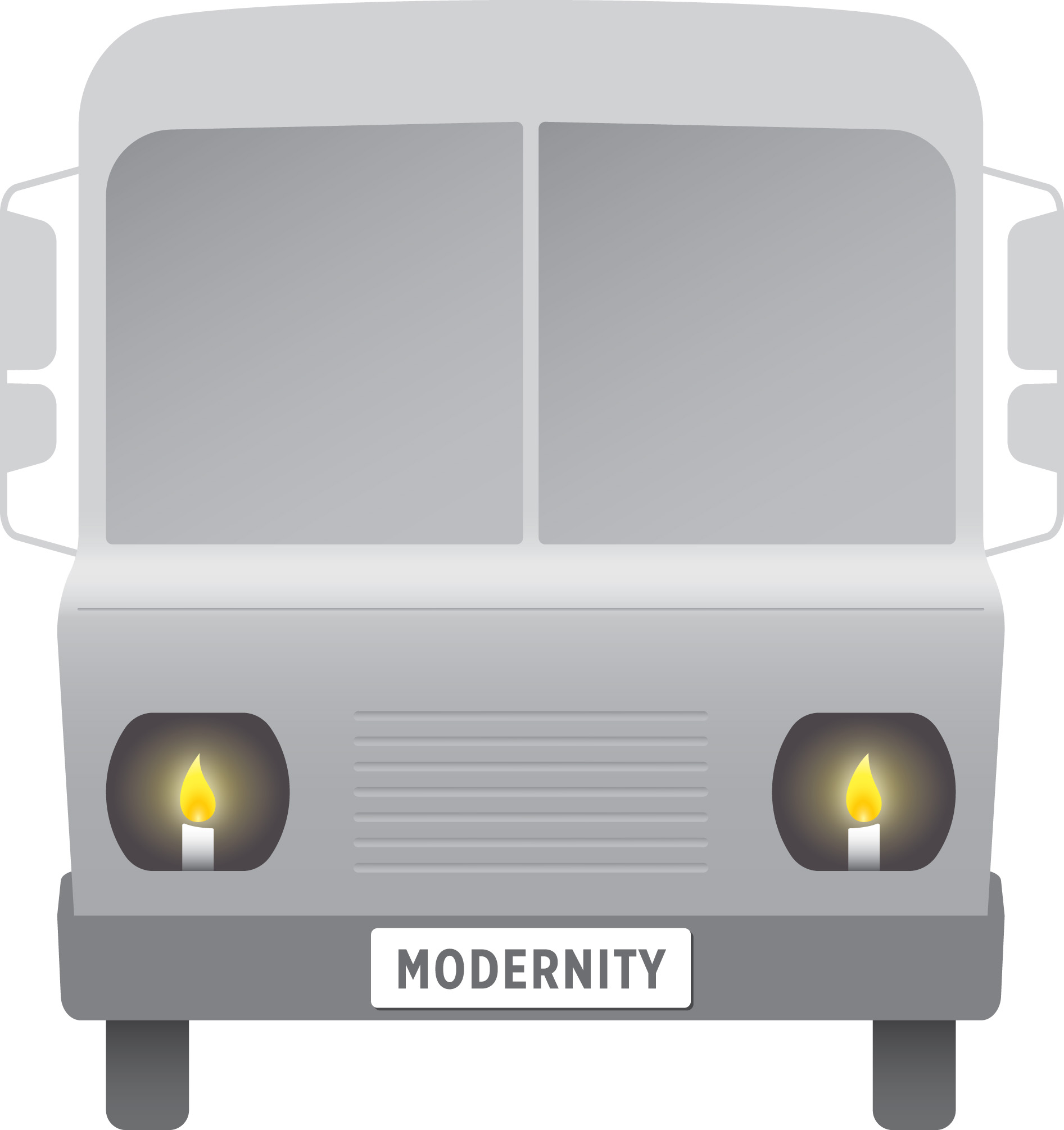Holotopia
Holotopia
Imagine...
You are about to board a bus for a long night ride, when you notice two flimsy, flickering streaks of light, emanating from the holes where the headlights of bus are expected to be. Candles? As headlights? You rub your eyes in disbelief. What sort of nonsense is this? A weird joke? An art project?
Well of course, the idea of candles in the role of headlights is so absurd, that it is difficult even to imagine. So why talk about it at all? Because on a much larger scale—on the level of our society as a whole, where the things are so large that we cannot see them with naked eye—this absurdity is the reality we are living in.
Our proposal
The crux of our knowledge federation proposal is to change the relationship we (as culture, and as people) have with information; and with knowledge. And by doing that, change the relationship we have with the world; and with ourselves.
What is the relationship we have with information presently like? Well, there hardly is any, to speak about. As Neil Postman observed,
"The tie between information and action has been severed. Information is now a commodity that can be bought and sold, or used as a form of entertainment, or worn like a garment to enhance one's status. It comes indiscriminately, directed at no one in particular, disconnected from usefulness; we are glutted with information, drowning in information, have no control over it, don't know what to do with it."
By depicting our civilization as a bus, and our handling of information as its candle headlights, the Modernity ideogram renders the crux of our knowledge federation proposal in a nutshell.
Suppose we handled information as we handle other human-made thing—by suiting it to the various functions it needs to fulfill; in our lives, and our society. Such as providing us effective knowledge; and effective meaning. What would the resulting information be like? By what methods, in what ways and by whom would it be created? How would information be used? What new information formats, what new kinds of information would emerge? How would the information technology be adapted and applied? In what way would our public informing be different? What would academic communication, and education, be like?
The substance of our knowledge federation proposal is a complete and academically coherent answer to those and other related questions; answers that are not only described and explained, but also implemented, as real-life embedded prototypes.


